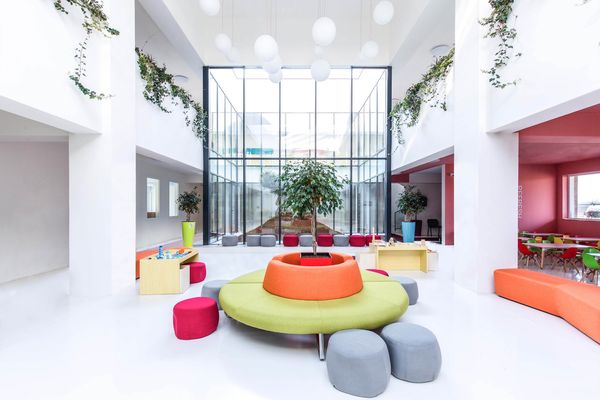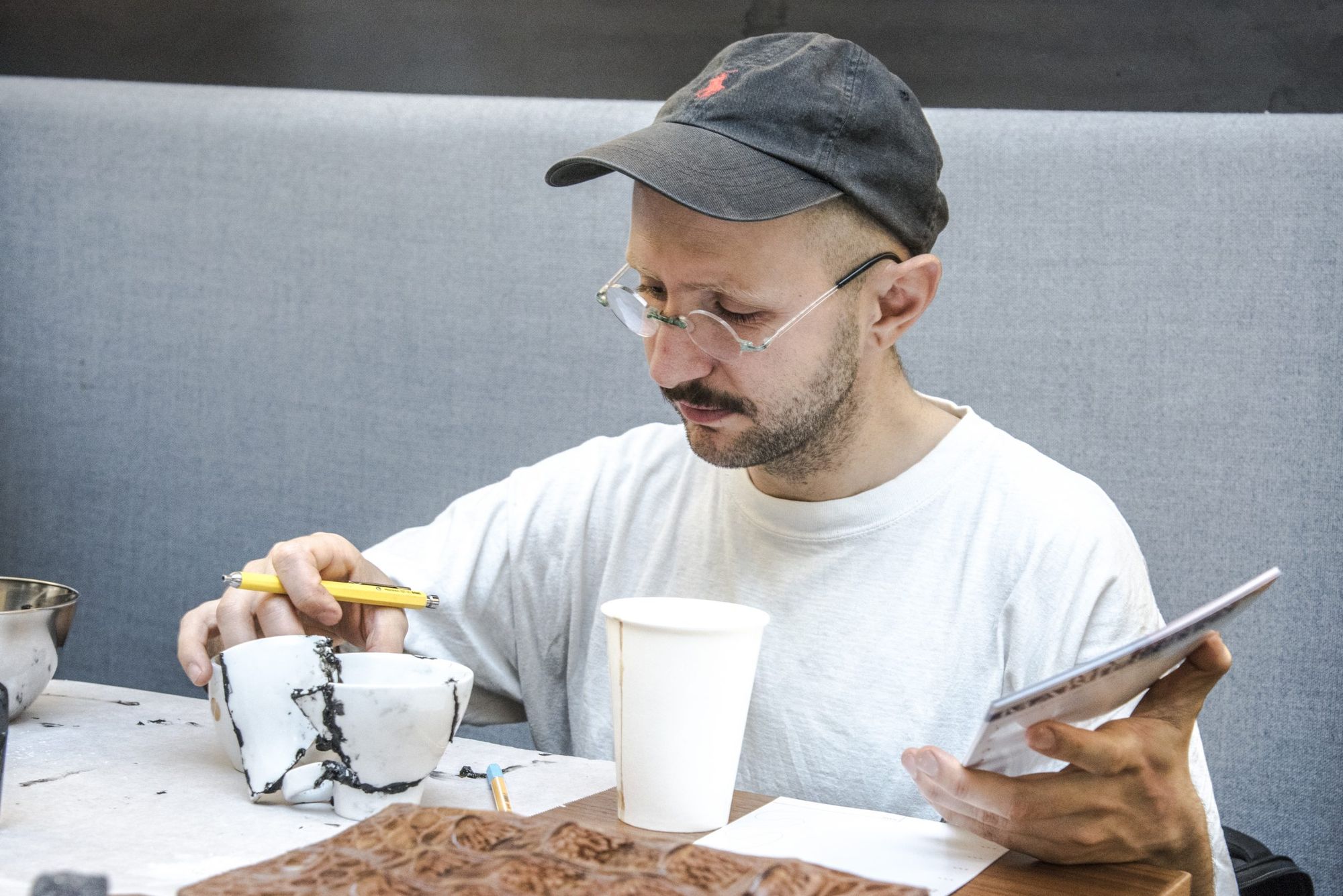Although her remarkable modesty would prevent her from saying or even thinking such a thing herself, there can be no doubt: Joanna van der Zanden is saving the world. She might describe herself as an independent art and design curator with a focus on social engagement, but the fact is, if the human race survives the 21st century, it will have Van der Zanden, and people like her, to thank. We met in her beautiful garden in Santpoort-Zuid in the Netherlands, where, along with the artist Krisztina Czika, a mutual acquaintance who set up the interview, we talked about her integral role in the Repair Café movement, and her other contributions to human evolution.
Interview by Krisztina Czika, text by Karl Webster
“I’m an art curator,” says Joanna van der Zanden, “and repair has always been a part of my life. I’ve done workshops at art and design academies in Sweden, Lichtenstein, Croatia and Turkey, and at one point, I thought, what would society look like if repair was central in our thinking and doing? I saw repair as a holistic solution … we can repair relationships, we can repair biodiversity, we can repair systems — there are a lot of things in society that need repairing. Why are we not doing that?”
Van der Zanden’s personal website is called Throwing Snowballs, the snowballs in question being ideas launched into the public arena where hopefully, they snowball. “This is what I like to do,” she explains. “You start something, and it rolls on, and the snowball becomes bigger.”
Nowhere is this better illustrated than with her entirely unsung role in the Repair Revolution. If you glance online, you’ll see that Martine Postma is credited with founding the Repair Café movement, and although Van der Zanden would doubtless never dream of contradicting anyone, this is not quite the full story…
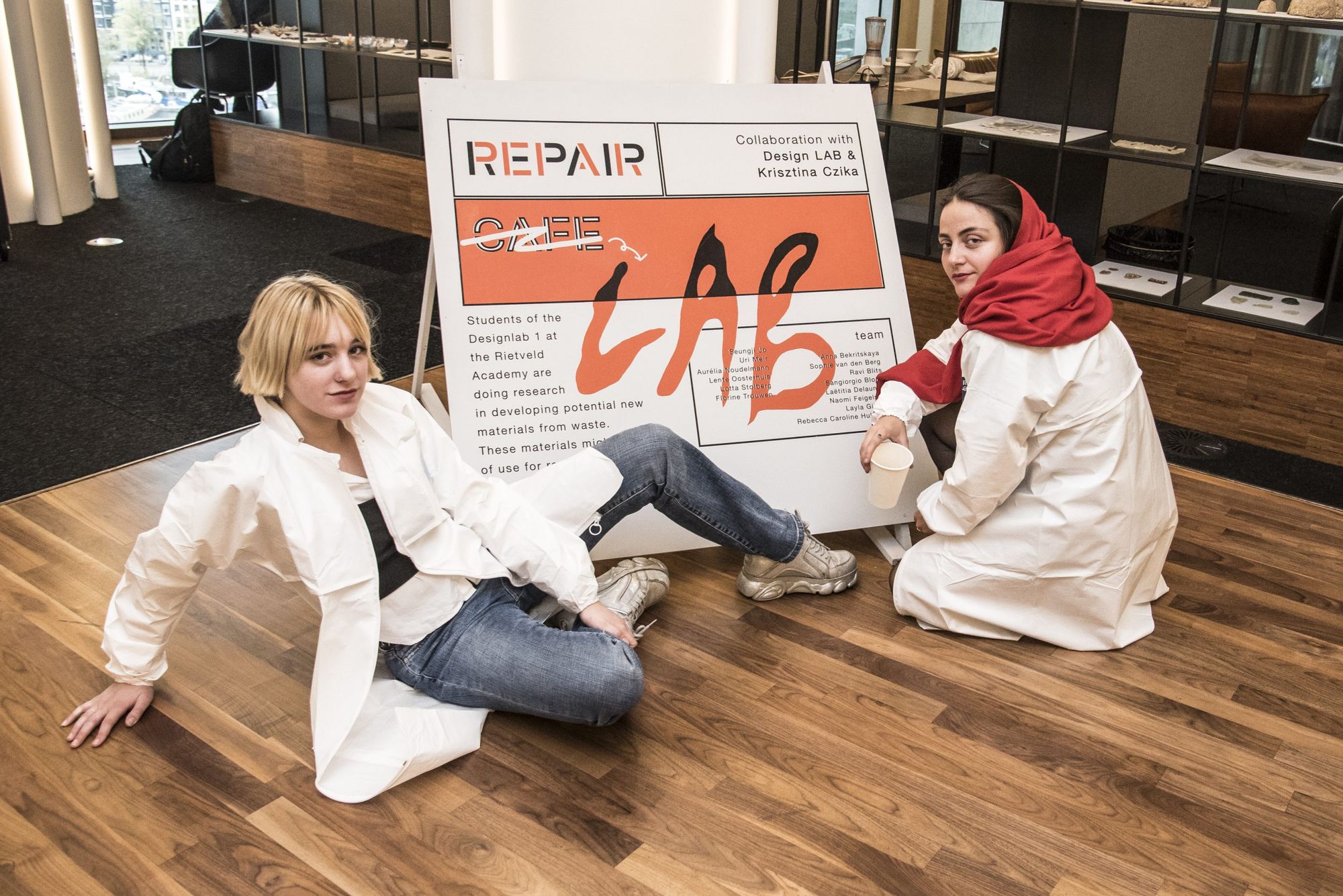
The seeds of a repair revolution…
“[The Repair Café movement] started in 2009, when I was artistic director of Platform 21, an incubator for an Amsterdam design museum that ultimately never happened. We started a project focused on repair and asked designers and artists to challenge themselves to rethink what repair could mean in practice and maybe come up with some new repair techniques. I also wanted to address sustainability … a lot of sustainability challenges are also design challenges. Design exhibitions were always about new things, and in 2009, sustainability was always about recycling and never repairing. But repair comes first, before throwing away, and before recycling.”
She was also frustrated on a personal level with how repair culture had been sidelined. Not only had repair shops almost entirely disappeared, but when products broke, there was an increasingly unchallenged expectation to just trash and replace. Aside from the unnecessary waste this creates, there is also the gradual dying out of essential skills. This trend to trash is evident in how increasingly difficult it is to actually open up products — particularly electronic devices — and have a look inside. “I’m from a different generation,” says Van der Zanden. “My father and grandfather were always opening products up and lying under their cars. Their sheds were always full of tools to make and repair things. Repairing was just normal.”
After discussing these ideas with her Platform 21 team and artist-designer Cynthia Hathaway, they decided it was probably a good idea to write a manifesto. The resulting document, The Repair Manifesto: Stop Recycling, Start Repairing, struck a nerve. It coincided with the nascent Right to Repair Movement in America and the burgeoning international makers’ movement, and at a time when the term “going viral” had just been coined, The Repair Manifesto went viral and was translated into many languages.
The manifesto was followed up with workshops, including Repair Cafés of a Sunday, where handy people of all stripes, including artists and designers, would meet up with ordinary unskilled people and their broken things. Van der Zanden remembers the time with fondness. “You’d turn up with your broken lamp, bike, radio, your old t-shirt and you’d work on it with the repairer. It wasn’t just a drop-off repair service; you had to get involved too. It was a learning process, an adventure!”
However, for Van der Zanden and her team, the project was always just a six-month venture, a trial to gauge public interest before they focused on another topic. She was thrilled, therefore, when it captured so much public attention and especially thrilled that one of the journalists covering the story offered to take it further. That journalist was Martine Postma.
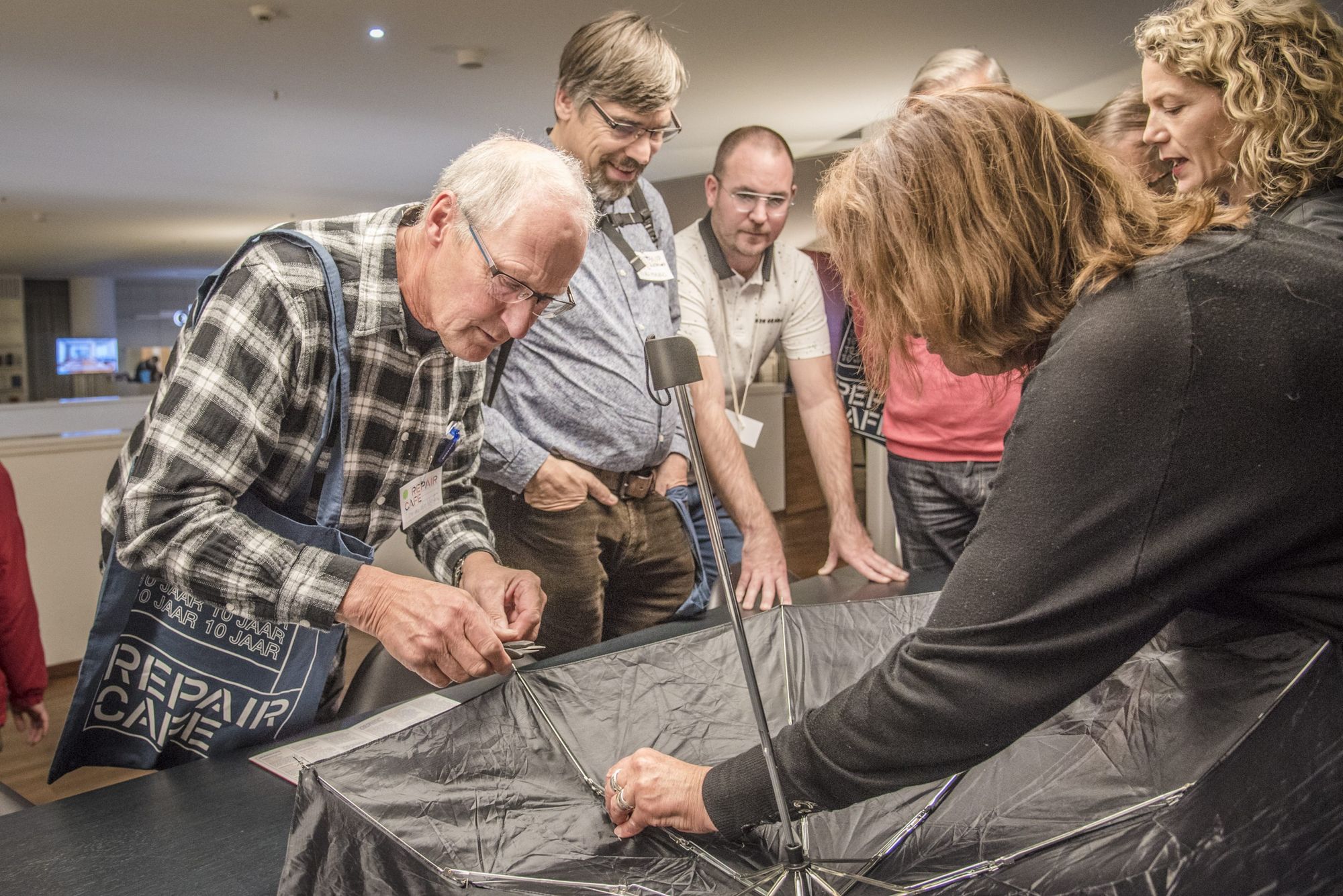
Going international…
With the initial help of Van der Zanden and her team, Postma set up a Repair Café in her own Amsterdam neighborhood. “She was expecting maybe five people,” says Van der Zanden, “and actually, from the beginning, people were lining up in the street.” At first, it was a little chaotic, and Van der Zanden gives Martine full credit for rising to meet the organizational challenges that lay ahead, including the very important task of securing funding. “She professionalized the whole thing, and within two years, Repair Café was a really solid movement.”
Van der Zanden remained sporadically active in the background, and then, when in 2019, Repair Café celebrated its 10th Anniversary, she joined the board as Chair.
Aside from supporting and promoting the set-up of new community-led Repair Café’s, the organization has broader goals geared towards permanently transforming our trash-happy society into something more sustainable. As well as lobbying both government and businesses to take more responsibility, this also includes an attempt to root the concept of repair back into our culture.
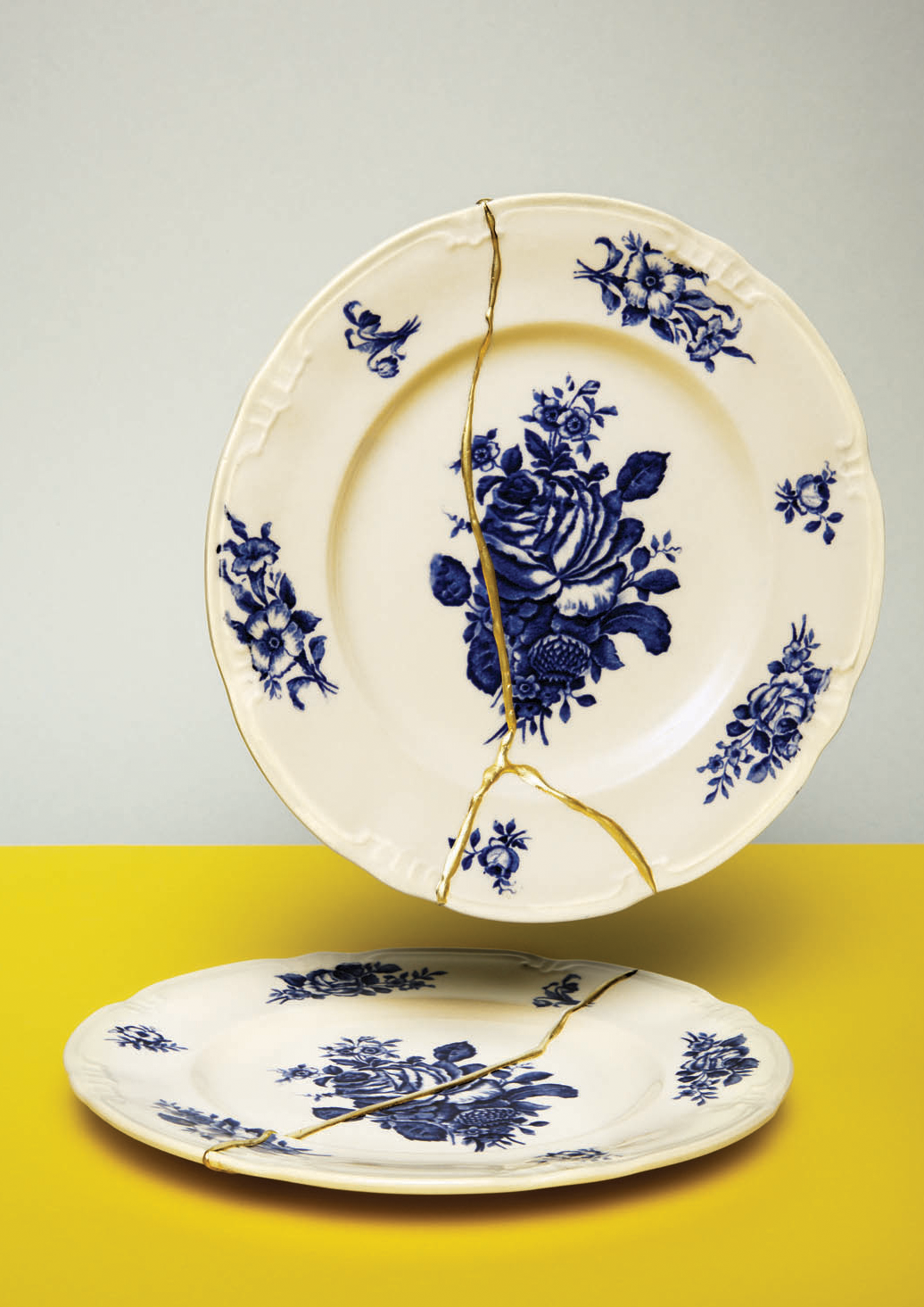
The Right to Repair…
There can be little doubt that pressure from Repair Café International (RCI) has played a significant part in the so-called Right to Repair laws, which took a huge step forward earlier this year. Indeed, as of March 1, 2021, new EU legislation means that new appliances sold in the EU — including washing machines, hairdryers, refrigerators and televisions — must be repairable for up to 10 years. These laws strike at the heart of the popular but undeniably evil policy of built-in obsolescence, an insidious piece of technical skullduggery that sees products deliberately breaking down once their one- or two-year guarantees have expired. The next round of legislation plans to extend the same mandate to manufacturers of smartphones and laptops. The ultimate goal is to persuade companies to compete on product sustainability rather than just profit. Or at least pressure them to pretend. Obviously, there is massive resistance from businesses, but gradually, bit by bit, like a coffee machine with a dodgy pump, this resistance is being dismantled. The third prong of RCI’s lobbying work focuses on making a connection with young people.
Next-gen status update…
There is a preconception amongst many young people, or at least the affluent ones, that conspicuous and continuous consumption of the latest generation of devices (smartphones especially) is cool, and that only the old and the poor have a phone that’s more than a year old. Breaking down this kind of thinking, the cultivation of which costs tech companies billions of dollars a year, is a tough job. There has to be a revolution in thinking, and it has to start small. For this reason, not only have Repair Cafés long been involved with school outreach projects, but more recently, they’ve also convinced the Dutch government that Repair should be a subject on the school curriculum — a pilot with 13-16 year-olds is in the pipeline, with a plan to gradually roll it out into more and more schools. The idea is to get companies on board too, to sponsor the initiative, with a view to later hiring these trained fixers. Van der Zanden knows these things take time, but she’s overjoyed that we’re finally moving in the right direction.
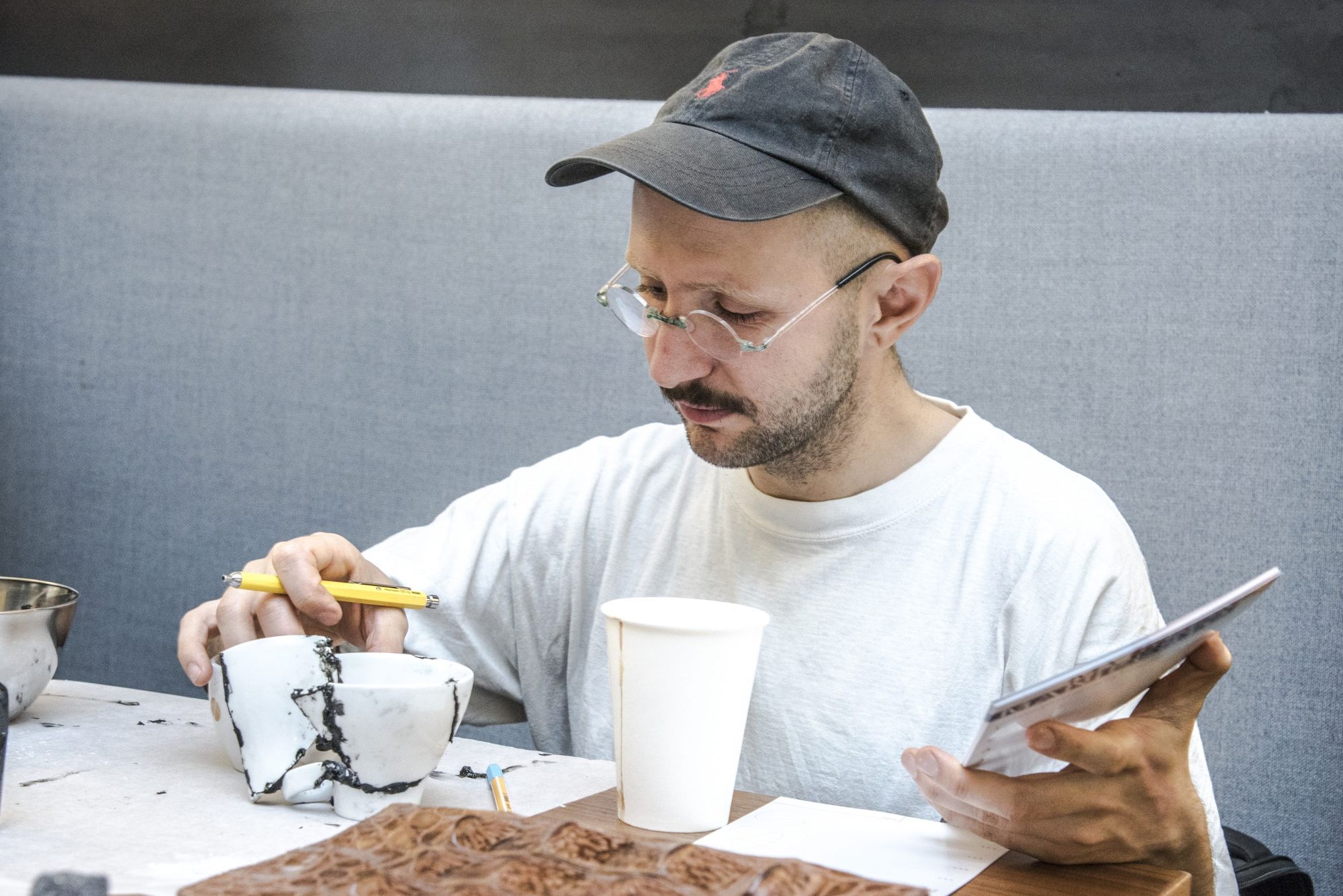
Is there really room for optimism?
Any conversation about repair culture is really a conversation about capitalism. Repair is the opposite of capitalism, or at least the kind of ruthless, grasping capitalism that’s running rampant in the modern world. Is Van der Zanden optimistic that the fixers can really win?
“I am,” she replies at once. “We have to.” A moment later, she adds, “At least, I will do as much as I can within my life to make that happen, and if more and more people take on this responsibility….” But at the same time, Van der Zanden is realistic. “Maybe more catastrophes will have to happen,” she concedes, “but this will always bring new insights, new choices, and it will speed up decisions. I think human beings are very resilient, so maybe this is where my optimism lies.”
Like all doers, makers and creative activists, Van der Zanden firmly believes that individuals, working together, have the power to change the world. “We are billions of consumers and we have the power. We make the choices. We choose whether we spend our money on companies that are totally closed and only thinking about short-term profit, or companies that really want a long-term relationship with you and are happy when you use the product for a long time… If each of us makes different choices, that will make a lot of difference, and it’s a good feeling.”
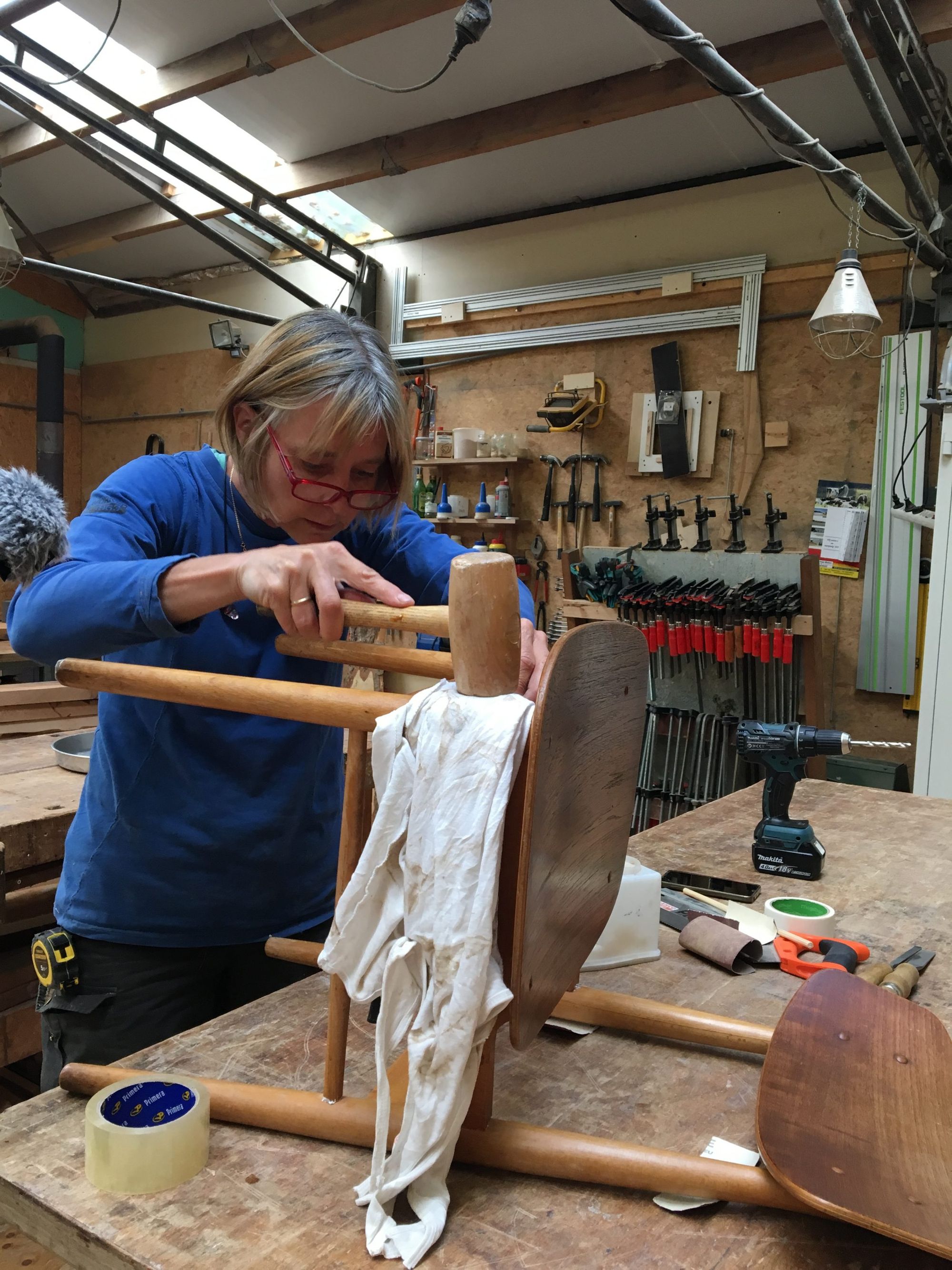
The future of the Repair Movement…
Today there are more than 2,000 Repair Cafés worldwide and more than 500 in the Netherlands alone. For the movement’s 10th anniversary in October 2019, as well as recording a podcast about the different language used by repair people and salespeople, Van der Zanden also helped organize a symposium, where repairers, companies, government policymakers, designers and artists all came together to discuss the future of repair. There was also an exhibition featuring various case studies, which is currently touring the Netherlands.
Although Repair Café culture is now well-established and local events will doubtless continue to thrive as the world returns to pre-COVID levels of sociability, there are financial struggles on the horizon for the parent company. In 2022, because of EU funding limitations, financial support for RCI might come to an end. Van der Zanden admits that this is a concern. “We are worried that without government support, Martine might have to close down her office, which would be awful as it would mean losing a lot of accumulated knowledge.”
A holistic solution…
As well as her work as a curator and as an artist (she’s currently working with Krisztina Czika on various projects connected with waste and the beauty industry), Van der Zanden recently took repair to a whole new level when she became an assistant council member. “I like to learn,” she explains, “and this is the way to learn the craft of being a councilor.”
Typically, Van der Zanden is entirely modest about her putative political career. Maybe it’ll happen; maybe she’ll find it too frustrating. She doesn’t know yet, so she’s devoting a year of evenings and weekends to finding out. After which, if she’s still interested, she’ll put herself up for election to the council proper.
“It’s my adventure,” she says. “Hopefully, I can involve myself with decision-making.” She’s particularly interested in “the housing shortage, dealing with waste streams, financing a circular economy and making more social and environmentally friendly choices … And I hope I can also introduce a little more creativity into policy-making. I firmly believe we have to connect different disciplines to get the best solutions. Plus, I do like a good debate.” From somewhere inside their house, her husband voices his agreement.
Even if politics does become Van der Zanden’s primary activity, she believes she’ll always be involved in more artistic, purely creative pursuits. She’ll continue throwing snowballs, and she’ll continue to repair things. She smiles like someone sharing a beautiful secret. “You get happy when you repair,” she says.

Instead of a galaxy far, far away, Florida: the Star Wars hotel opens next year

HARMÓNIA | Nanushka's new collection debuts with the brand's first short film
